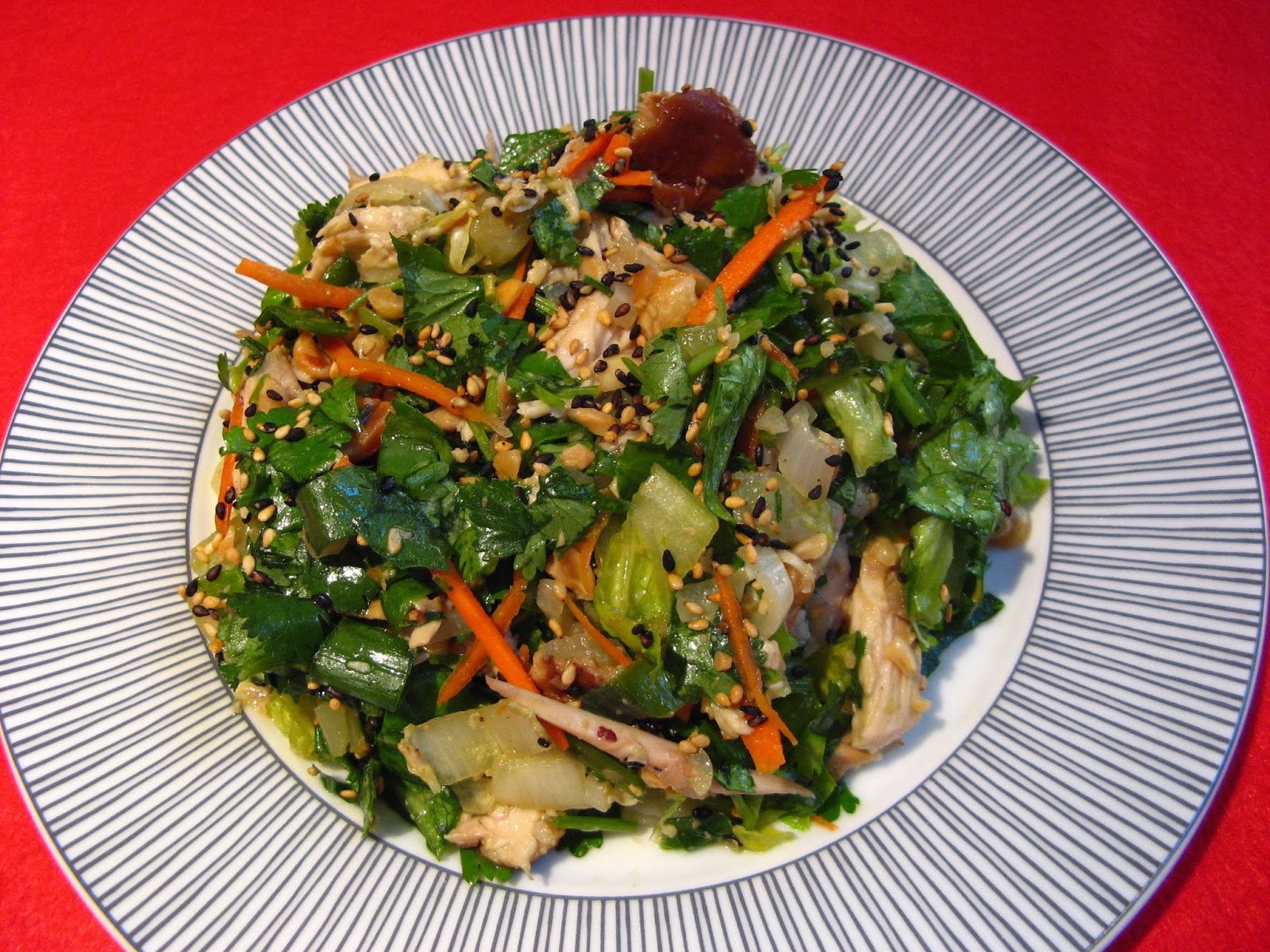So I was looking for a method to keep the temperature under
300⁰ (150⁰C) in a barbeque kettle
grill for a long period of time (4-6 hours) and not have to constantly refill
kettle with charcoal. You can of course use a gas grill, where it is easier to
control temperature, but I wanted to use a kettle grill using charcoal to cook
the ribs. I saw a TV episode from America’s Test Kitchen making Smoked
Chicken in which they used one-third lighted- to two-thirds unlit charcoal
with a pan of water under the chicken with a relatively shorter cooking time. The
pan of water helps supply humidity and helps to stabilize the temperature.
So this got me thinking on how to extend the cooking time to
4-6 hours and to adapt their method for pork baby back ribs. So I realized that
a smaller number of lit coals could control the temperature of the grill and
keep the temperature in my desired range of 250⁰F
(120⁰C) to 300⁰F (150⁰C). Also using mostly unlit charcoal,
which would slowly light over the extended cooking time, makes it possible to
not have to constantly reload the charcoal during cooking. It took me two
tries, but I found that for my grill, 8-12 lit coals placed into a crater in a
semi-circular wall consisting of one charcoal chimney’s worth of unlit charcoal
provides the temperature control and cooking time duration that I wanted. I
also used two pans of water to help control the temperature; one pan opposite
the unlit charcoal wall, and one pan over the lit coals on the grill grate
opposite the pork baby back ribs. One chunk of smoking wood was placed in the
crater over the lit coals and given the limited oxygen due to the dampers being
mostly closed, the chunk lasts about 2 hours. When a new wood chunk needs to be
placed over the lit charcoal, the water pan on the grill grate should also be
refilled. The water pan opposite the charcoal will likely never need to be
refilled.
A barbeque thermometer is a necessary tool to control the
temperature of the barbeque kettle. I put the thermometer into the mostly
closed upper damper on the lid. The bottom damper is used to control the
temperature and may have to be closed completely after some of the coals in the
charcoal wall become lit. If this happens, there should be enough oxygen coming
in from where the lid meets the kettle, and the upper damper to keep the
charcoal lit. If there are too many lit coals, the temperature can increase beyond
the desired range, so it is important to control the temperature with the lower
damper. You will have to experiment with your grill to maintain a stable and
desired temperature.
So after a mostly technical explanation of the cooking
method, how did the pork baby back ribs turn out after 4 hours of cooking?
Well, I was very pleased with the results. The ribs had a nice smoky bark on
the outside and the ribs themselves were slightly chewy, which is the way I
like my ribs. After cutting the rack into individual ribs, I ate the ribs with
a tangy sauce.
Enjoy!




















